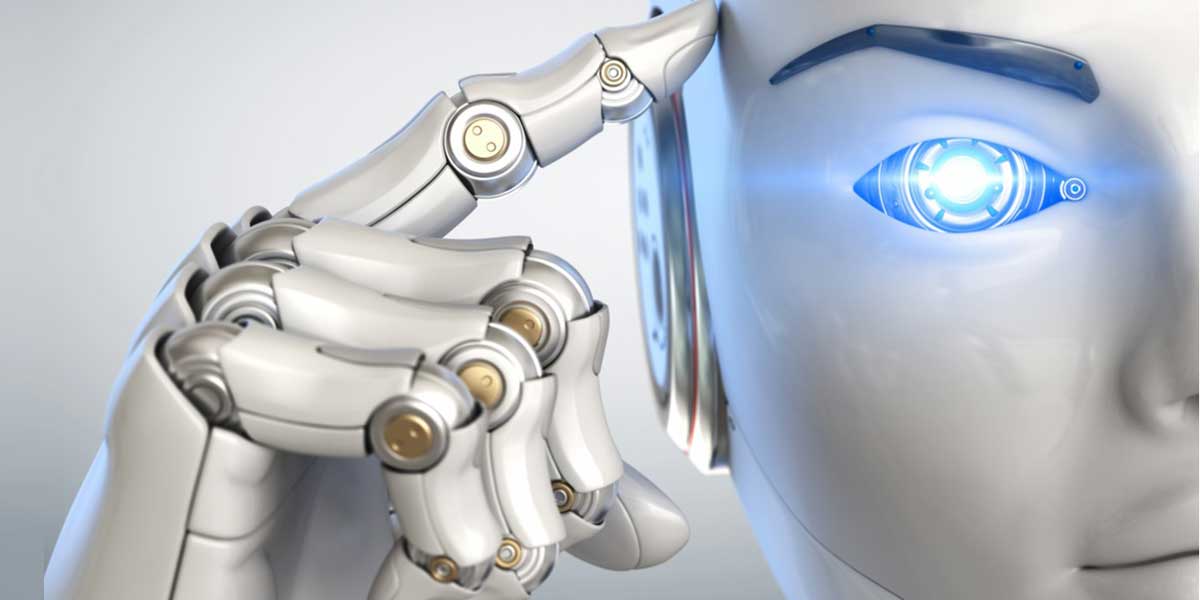

Artificial intelligence – the building of an algorithm that can make decisions like a human brain does – is revolutionising the construction industry. From technology innovations that reduce costs, delays and overruns to autonomous equipment that performs dangerous or difficult tasks for humans, AI helps construction companies operate better.
It has limitations, though, and the ineffective use of AI causes misperceptions to exist. Here’s a look at how to get the most out of AI.
One of the common misconceptions about AI is that it can be built to immediately make decisions as effectively as a human does. However, even humans are not capable of making decisions the instant they’re born. As children (and their brains) grow, they learn from the experiences, situations and environments they are placed in. With AI, the process of teaching a system or algorithm how to make decisions based on correlations that it identifies after looking at hundreds or thousands of examples is called machine learning.
As the algorithm sees increasingly more examples, it gets better at knowing what is or is not relevant to reach a conclusion, similar to how human brains develop. Humans learn over time, with their brains realising that, given a certain set of actions and variables, a desired result will be achieved – and if those actions and variables are repeated, the same outcome should be attained. In machine learning, this is called supervised learning. In circumstances where the outcome may not be known, the brain can make an educated guess based on similar past experiences as to what some of the unknowns may be; this is called unsupervised learning.
Humans unknowingly learn from thousands of examples every day. A brain can make critical connections and understand that if it encounters similar circumstances again, it would know how to handle the situation and subsequent outcome. The human brain is an amazing organ, and it starts learning before a child is born and continues to learns until the individual dies.
AI is often thought of as a magical black box that can solve any problem instantly. Theoretically, that may be the case. But, as it is with humans, baby steps must be taken along the way to achieve that result.
Leadership at most companies has complex problems in mind they would like to solve and believe the only way to solve these problems is to use AI. They start collecting vast amounts of data and data scientists without understanding how the data or people will be used. Yet throwing large amounts of people, money and data at a problem will not result in an effective solution. Just as children cannot solve complex problems until they learn the basics, AI has the same challenge. It must start with the basics and, as they are mastered, it can move on to the more complex problems at hand.
AI companies in construction often claim that they can immediately rid projects of all delays or overruns and ensure a project’s success. However, frequently they have skipped the fundamental first step of cataloging their data and evaluating its validity. Since an AI system or algorithm relies on its past experiences like a human does, if the data that is coming in is of low quality, the result will match.
Essentially, garbage in, garbage out. As construction projects experience delays and overruns, they become overly optimistic (compressed) and inaccurate, which in turn causes the AI predictions to be overly optimistic and inaccurate. A company leveraging AI must first take a step back, look at all the data, and establish milestones that will help determine what data is needed and what the expected outcome is. Once those parameters have been set, milestones can be tracked. Additionally, the AI solution or algorithm can be evaluated periodically and systematically so it’s known early on whether AI will be the solution to the complex problem at hand.
Undoubtedly, AI is here to stay and will continue to transform the construction industry. But before trying to completely replace the human element, companies need to understand the data they have and utiliSe the real-world experiences of construction professionals to enhance and make sense of the data. Simply throwing a large volume of data at an algorithm will result in searching for a needle in a massive haystack, without even knowing what a needle looks like. To avoid such an ineffective and costly approach to AI, companies should take baby steps and build the AI system over time.
About the author: Rohit Sinha, CTO, SmartPM Technologies, wrote code at age 9 “for fun,” and started a business where he built desktop and web applications for clients at age 12. By age 25, he was managing the delivery and architecture of a $20 million project for one of the world’s largest fund managers. He went on to develop the architecture of enterprise solutions for multiple organizations, from startups to Fortune 500 companies, and found several technology and software consulting companies. Rohit now leads SmartPM’s team in developing new technology that is transforming the construction industry. He holds a bachelor of science in mechanical engineering and computer science from Georgia Tech.
Reprinted from Construction Executive (June 15, 2021), a publication of Associated Builders and Contractors, copyright 2021. All rights reserved.